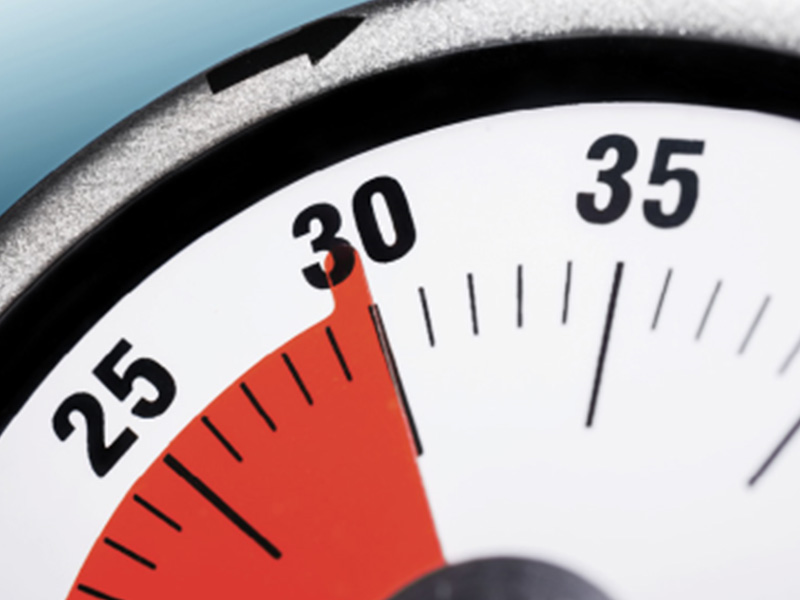
According to a report, Indian call centers saw performance declines in parameters such as response time, connecting, and time to wrap calls this year as the number of Covid-19 cases slowed down.
The report was prepared by omnichannel customer communication services provider Ozone tel after 160,000 agents analyzed 22 million calls made on its platform. E-commerce, restaurants and food delivery, insurance, fin-tech, banking, healthcare and pharmaceuticals, real estate, and logistics contact centers were all covered in the report.
According to the analysis, this year's "average time in call queue" before calls are connected to a business representative increased to 56 seconds, up from 45 seconds in 2021, making it difficult for contact centers to meet customer expectations. According to the report, the increase in average queue time indicates that businesses either need more agents or need to improve their efficiency—and, as a result, their availability.
From 40 seconds in 2021 to 46 seconds in 2022, after-call work took longer. The term "wrap time" refers to how quickly agents in a contact center can complete tasks following a customer interaction and be available for the following call. In 2019, wrap times were reported at 25 seconds on average. A longer wrap time either indicates an increase in agents' post-call responsibilities or a lack of disposition codes for current customer queries.
The fact that agents are taking less time to answer calls despite spending more time on post-call work suggests that they may have less idle time between calls. In 2022, this metric will be 7.7 seconds, down from 8 seconds in 2021.
In 2022, the "average talk time" remained the same at 3.7 minutes. On the other hand, the average pick up rate decreased as well, falling to 39% from 46% in 2021. However, compared to 54% in 2021, 96% of calls in the restaurant and food delivery industry were connected to a prospect.
The number of calls that were dropped this year was higher. In comparison to 29% in 2021, 34% of calls placed while in queue were disconnected on average in 2022. This demonstrates a twofold increase from 2019, when only 12% of calls were received on average.
"The abandonment rates are also higher this year as a result of an increase in average queue time. However, this study also observed an increase in customer impatience when compared to previous years. In 2019, an average of 82% of callers were willing to wait 79 seconds in a call queue. Even though wait times were lower this year (56 seconds), 34% of callers were unwilling to wait in a call queue, according to the report.
Ozone tel Chief Product Officer Chaitanya Chokkareddy made the following observation: "Voice remains a critical channel for customer support and consultative sales, but this does not signal business as usual within the contact center industry." "Customer expectations are clearly changing, and without an omnichannel, AI-based strategy, contact centers will find it difficult to meet their customer experience goals."